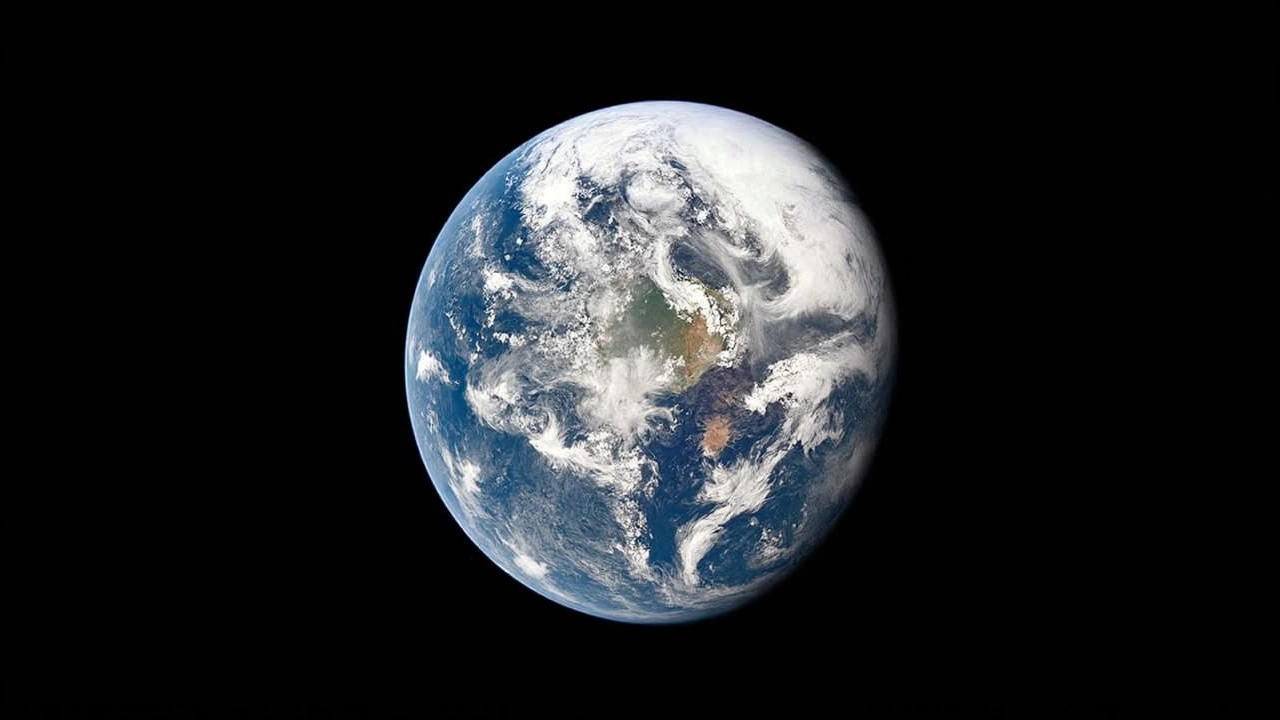Potential Collision Course with Earth
In a development that has piqued the interest of astronomers worldwide, an asteroid named 2024 YR4 has been identified as having a slender but non-negligible chance of slamming into Earth in the not-so-distant future. NASA and the European Space Agency (ESA) have reported a 1-2% probability that this space rock could impact our planet on December 22, 2032. While the odds are relatively slim, they are significant enough to warrant serious scientific scrutiny.
First spotted by the ATLAS telescope in Chile during December 2024, the asteroid's dimensions are estimated to be between 40 and 100 meters across. To put that in perspective, it's comparable in size to the notorious Tunguska asteroid that pummeled Siberia in 1908, leveling around 80 million trees over an area nearly equivalent to the size of a large city.
Understanding the Torino Scale Rating
On the Torino Impact Hazard Scale, which astronomers use to categorize potential asteroid threats, 2024 YR4 has been assigned a rating of 3. This scale goes from 0 to 10, with higher numbers indicating a significant risk of collision with substantial consequences for the affected regions. A rating of 3 highlights the need for attention from the scientific community but is reassuringly below levels that would signal inevitable calamity.
Despite the low odds of a strike, astronomers are paying close attention to the asteroid's trajectory. As it stands, potential impact zones could span vast areas such as the Atlantic, South America, Africa, and South Asia, although the uncertainties in its orbit mean these projections could change over time.
NASA's Catalina Sky Survey and the ESA are on the case, maintaining vigilant watch over this celestial visitant. Plans are afoot to conduct radar observations in 2028, which will help better determine the asteroid's size, path, and composition. These observations will be crucial in refining our understanding of the asteroid's threat.
The James Webb Space Telescope, known for its unparalleled observation capabilities, is also being employed to study the asteroid's reflective properties, an essential factor in accurately gauging its size. Understanding these physical characteristics will be vital in predicting how the asteroid might interact with Earth's atmosphere, should it reach us.
Astrophysicists are quick to de-escalate any impending panic, reminding the public that while asteroid 2024 YR4 could cause substantial damage if it were to impact Earth, the likelihood remains slim. Acknowledging its possible local destructiveness similar to that seen in Tunguska, experts emphasize the importance of preparedness over paranoia.
